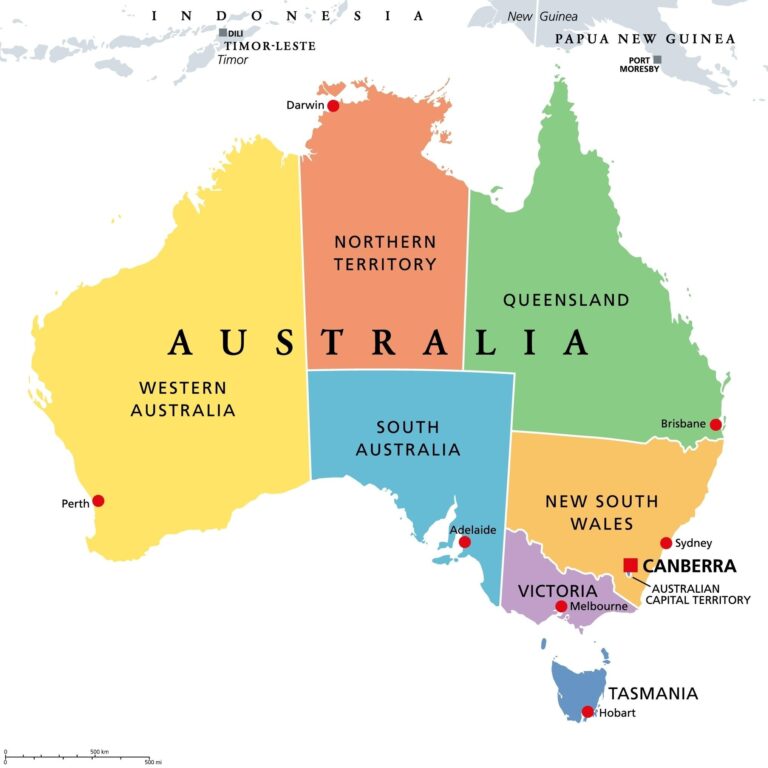Eight countries have thrown their support behind Australia’s bid to have the ancient rock art of Western Australia inscribed on the UNESCO World Heritage list, just hours ahead of a critical meeting that could determine the site’s future. The endorsement underscores the global significance of the region’s cultural heritage and intensifies international attention on the Australian government’s ongoing efforts to protect and preserve one of the world’s oldest known expressions of human creativity. As the World Heritage Committee prepares to convene, the push highlights both the environmental and Indigenous cultural importance of safeguarding these invaluable artworks.
Countries Rally Behind Australia in Bid to Secure World Heritage Status for WA Rock Art
In a significant show of international support, eight countries have formally endorsed Australia’s campaign to inscribe the ancient rock art of Western Australia on the UNESCO World Heritage list. This endorsement comes just hours before a pivotal meeting where the fate of the nomination will be decided. The robust backing highlights the global recognition of the cultural and historical importance of sites like the Burrup Peninsula and Dampier Archipelago, renowned for their extensive rock art, some dating back more than 30,000 years. Advocates emphasize that securing World Heritage status would not only safeguard these irreplaceable treasures but also promote greater respect for the Indigenous custodians’ heritage.
Supporters from countries across multiple continents have underscored the universal value of preserving the rock art, which offers unique insights into the ancient past and the spiritual connections of the Aboriginal peoples. The coalition urges the World Heritage Committee to acknowledge the intricate relationship between the land, its stories, and its traditional owners, ensuring that future generations can continue to engage with these living cultural landscapes. Below is a summary of the countries rallying behind the nomination and their respective statements of support:
- France: Praised the site’s outstanding cultural significance and urged protection against industrial encroachment.
- Canada: Highlighted importance of Indigenous-led heritage management.
- Japan: Emphasized the need for conservation amid climate challenges.
- Brazil: Recognized the site’s contribution to understanding human history.
- South Africa: Supported international cooperation in heritage preservation.
| Country | Focus of Support |
|---|---|
| France | Protect cultural integrity |
| Canada | Indigenous stewardship |
| Japan | Climate change resilience |
| Brazil | Anthropological value |
| South Africa | Global heritage collaboration |
Cultural Significance and Conservation Challenges of Western Australias Ancient Rock Art
Western Australia’s ancient rock art stands as a remarkable testament to one of the world’s oldest continuous cultures. These intricate engravings and paintings, some dating back over 30,000 years, provide invaluable insights into Indigenous Australians’ spiritual beliefs, social practices, and interactions with their environment. The sites are more than just historical artifacts; they are living cultural landscapes that embody the identity and heritage of Aboriginal communities. UNESCO recognition would not only honor this heritage but also elevate global awareness of the cultural and spiritual vitality tied to these ancient expressions.
Despite their immense importance, these rock art sites face numerous conservation challenges. Erosion, climate change, and human interference threaten to degrade these fragile works. Furthermore, balancing tourism with preservation demands sensitive management strategies. Indigenous custodians emphasize the need for respectful access and active involvement in the protection process. Key concerns include:
- Natural weathering: Wind, rain, and temperature fluctuations accelerate the deterioration of rock surfaces.
- Vandalism and graffiti: Unauthorized markings endanger the integrity of the art.
- Development pressures: Mining and infrastructure pose ongoing risks to site preservation.
| Threat | Impact | Community Action |
|---|---|---|
| Climate Change | Increased erosion rates | Traditional land management practices |
| Human Interference | Physical damage to engravings | Controlled site access |
| Mining Activities | Habitat disruption | Lobbying for protected zones |
Experts Urge Swift International Support to Protect Endangered Indigenous Heritage Sites
International collaboration is crucial as eight countries have publicly thrown their support behind Australia’s urgent bid to inscribe the unique rock art sites of Western Australia onto the UNESCO World Heritage List. These ancient artworks, some of the oldest on the planet, face growing risks from industrial expansion, climate change, and inadequate protection measures. Experts warn that without immediate global recognition and coordinated conservation efforts, invaluable cultural narratives encoded in these sites could be lost forever.
Advocates highlight the multifaceted benefits of World Heritage status, including increased funding, heightened international scrutiny, and robust legal safeguards. Key supporters emphasize the following priorities for sustainable protection:
- Establishment of multinational conservation task forces
- Enhanced Indigenous-led site management and stewardship
- Integration of cultural heritage monitoring with environmental impact assessments
- Promotion of global awareness through educational and tourism initiatives
| Supporter Country | Role in Promotion | Key Contribution |
|---|---|---|
| United Kingdom | Advocacy in UNESCO | Diplomatic backing |
| Japan | Technical expertise | Conservation technology |
| Canada | Indigenous partnerships | Co-management frameworks |
| France | Funding | Research grants |
| Germany | Scientific research | Archaeological support |
| New Zealand | Cultural exchange | Indigenous knowledge sharing |
| South Korea | Media promotion | Global campaigns |
| Norway | Environmental monitoring | Climate impact studies |
Closing Remarks
As the crucial meeting approaches, the backing of eight countries for Australia’s bid to inscribe Western Australia’s rock art on the World Heritage list signals growing international recognition of its cultural and historical significance. This collective support not only strengthens Australia’s case but also underscores the global importance of preserving indigenous heritage sites. The outcome of the impending decision will mark a pivotal moment for conservation efforts and the acknowledgment of Aboriginal legacy on the world stage.




